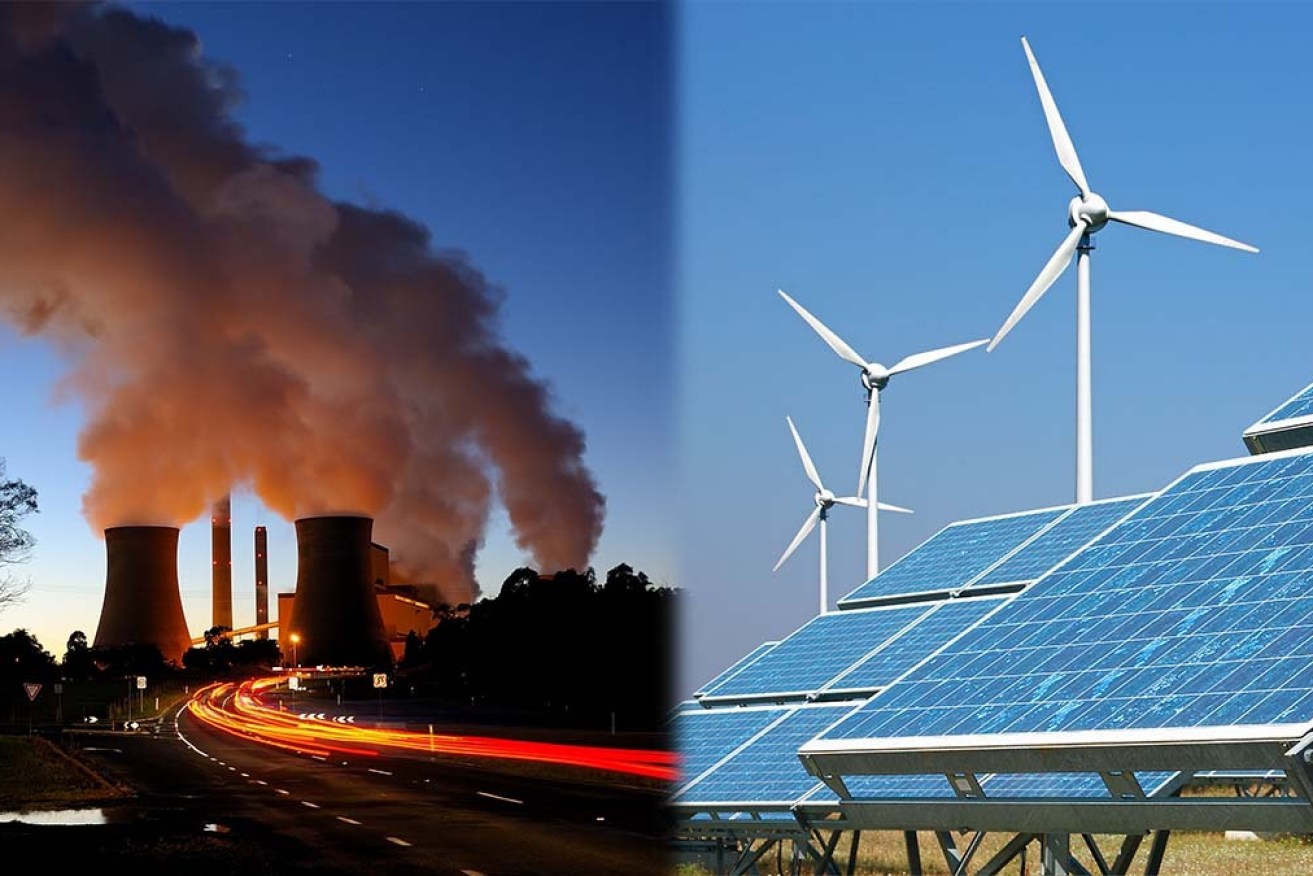‘Extraordinary’: End of coal in sight as Australia maps out 2050 electricity plan


Australia must adopt stronger targets if climate disasters is to be avoided, according to a new Climate Council report. Photo: TND
Australia’s coal-fired power stations are retiring two or even three times faster than expected, as a once-in-a-century shift in power generation pushes huge amounts of renewables into the grid, the market operator has said.
The Australian Energy Market Operator (AEMO) outlined its central view on how the electricity market will change in the next 30 years on Friday.
It found the National Electricity Market (NEM) will likely begin operating without coal by 2043, much faster than was anticipated only a year ago.
A huge surge in renewables is driving the shift – the AEMO predicts a 900 per cent increase in large-scale renewable generation by 2050 and a 500 per cent increase in power from rooftop solar panels.
All that power will be needed to satisfy a huge rise in electricity demand as the economy decarbonises, particularly as more electric vehicles take to the roads.
But a substantial increase in battery, pumped-hydro storage and gas-fired generation will be needed to ensure all that renewable energy can be deployed when its needed, AEMO chief Daniel Westerman said.
“This transformation will efficiently deliver secure, reliable and affordable electricity, while substantially contributing to national emissions objectives,” Mr Westerman said in a statement on Friday.
‘Extraordinary’ rise in renewables
Tony Wood, energy program director at the Grattan Institute, said coal power stations are being pushed out of the market as renewable energy begins to take over.
Mr Wood said the AEMO’s forecast that 174 gigawatts of new energy will need to come online over the next 30 years is an “extraordinary” shift.
Greg Foyster, campaigns manager for Environment Victoria, said the AEMO’s new forecasts expose the official closure timelines for coal-fired power stations as a “complete fantasy”.
“AGL and Alinta should announce realistic closure dates in line with these trajectories – which means by 2032 at the latest, and preferably much sooner to cut emissions,” he said.
“Pretending the energy transition isn’t happening and that there won’t be any additional coal closures this decade helps no one. Private energy companies being dishonest to workers and the community helps no one.”

Source: AEMO (click to enlarge).
All that renewable energy will be needed to meet demand as Australia’s economy electrifies over the next three decades, the AEMO said.
It expects growth in household solar to deliver about 30 per cent of the 174 gigawatts needed and large scale renewables about 70 per cent.
Renewables will grow as a share of total annual generation from 28 per cent in 2020-21 to 79 per cent by 2030 and 96 per cent by 2040, it said.
But a transition of that magnitude won’t come without its challenges.
Challenges in transition
Richie Merzian, Climate & Energy Program Director at the The Australia Institute, said Australia will need to invest billions of dollars in its poles and wires (transmission capacity) to move all that electricity around.
“There is a clear need to invest in transmission,” he said.
“Rewiring Australia should be a top post-election priority for whoever forms government. A clean energy grid requires a modern diversified network and AEMO’s priority projects ought to be funded immediately.”
The AEMO says about 10,000 kilometres of transmission capacity will be needed to ensure Australia can plug in all its new renewable energy.
It is hoped about $29 billion worth of market benefits will be generated by these upgrades, about a 2.5 times return on investment by 2050.
But Mr Merzian said Australia is currently behind the eight ball and must outline new investments in the poles and wires sooner rather than later.








